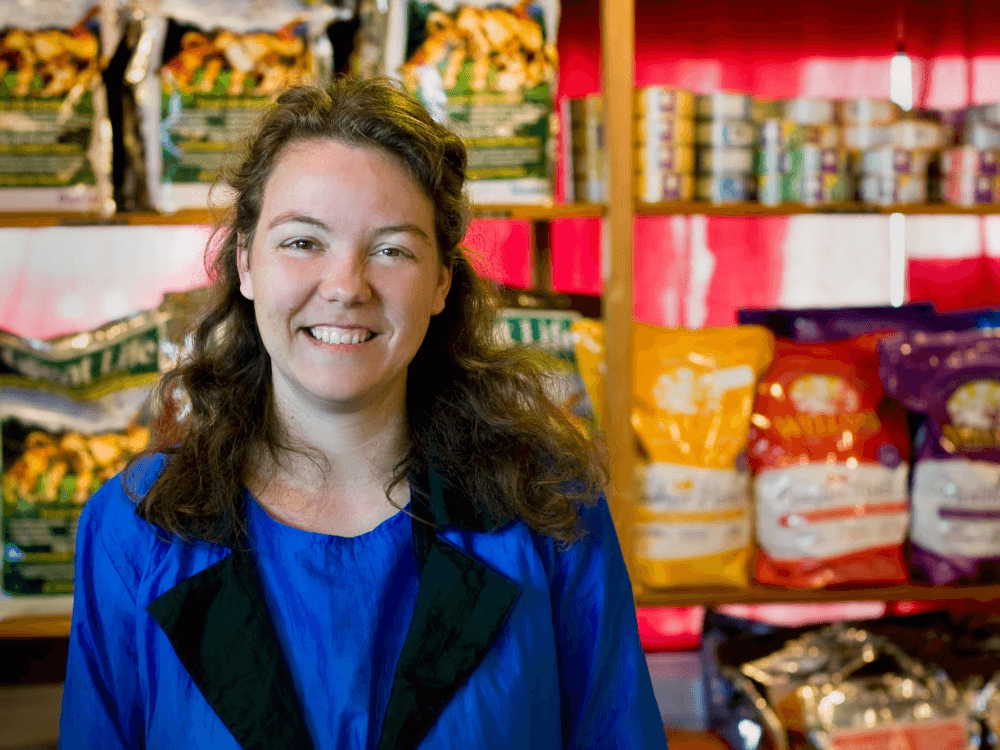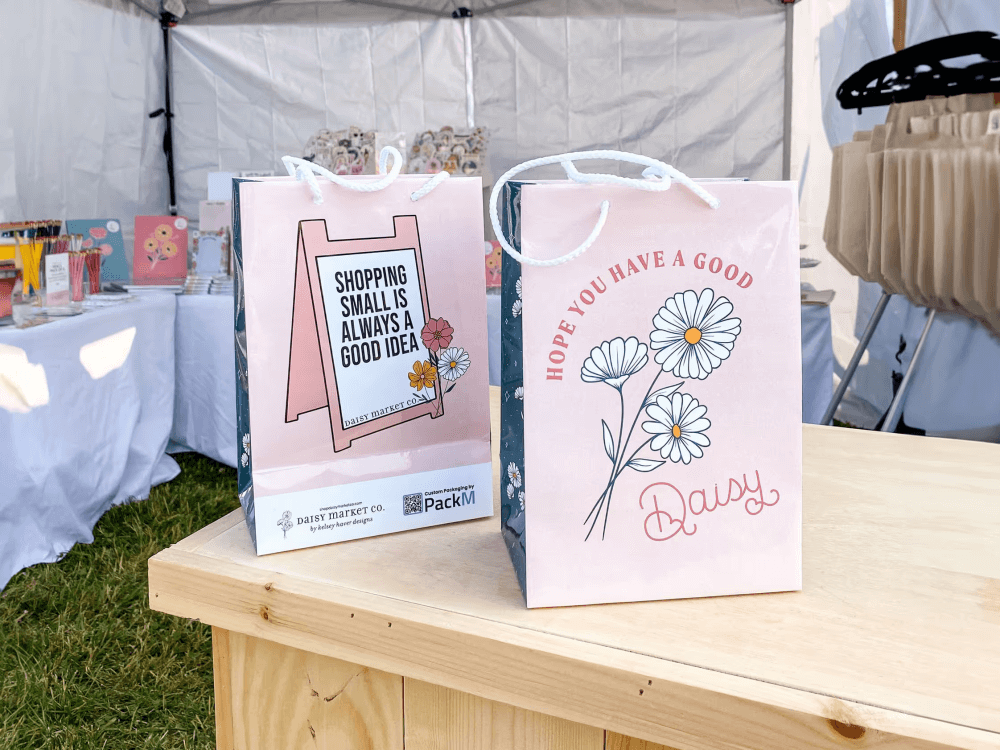Learn everything there is to know about product packaging for ecommerce businesses.
You’ve created your product and started your business. And after months of painstaking work, you’re finally ready to share your product with the world. Now what do you do?
This is when you should start thinking about brand packaging.
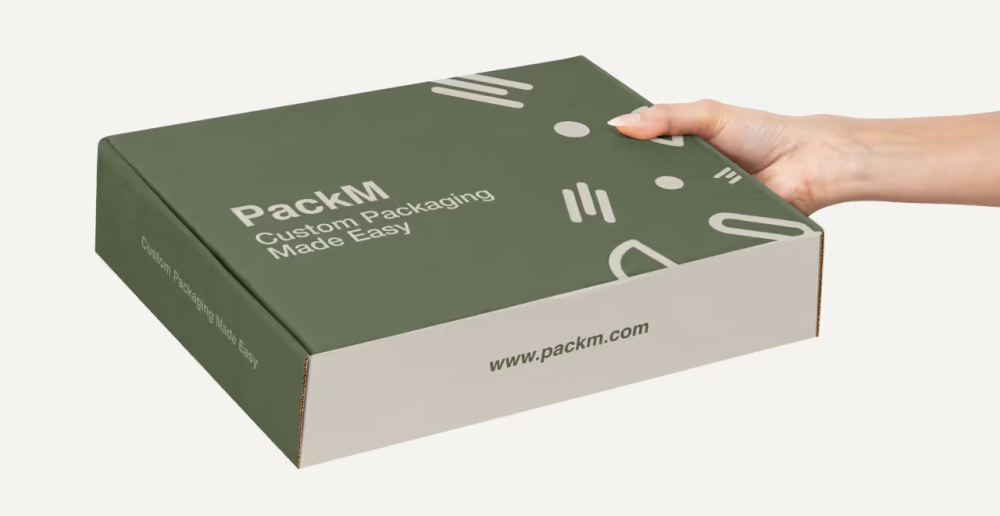

Custom Mailer Box
Packaging is important for retailers — even more so for brands that only operate online. It’s the only in-person interaction customers will have with your brand, in a way.
Not only do your products need to arrive in perfect condition, but they also have to look presentable.
After all, packaging is all about creating the best experience for customers.
Today, you’re going to learn everything there is to know about product packaging for ecommerce businesses.
Table of Contents
What Are the Different Types of Packaging?
The first thing you should know is that there are different types of packaging. You must know which type of packaging you need. Otherwise, you might end up spending a lot of money trying to fix the mistake.
Ecommerce vs Retail Packaging
When ordering packages, you’ll likely encounter two industry terms: ecommerce and retail packaging. It may not look like it but they’re not the same. They’re made with different use cases in mind.
Ecommerce Packaging
Ecommerce packaging is what businesses use to ship products from their stores or warehouses to customers. They prevent damage during transport. It’s the only part that shipping companies are meant to touch.
Some refer to these as shipping boxes or containers for that very reason.
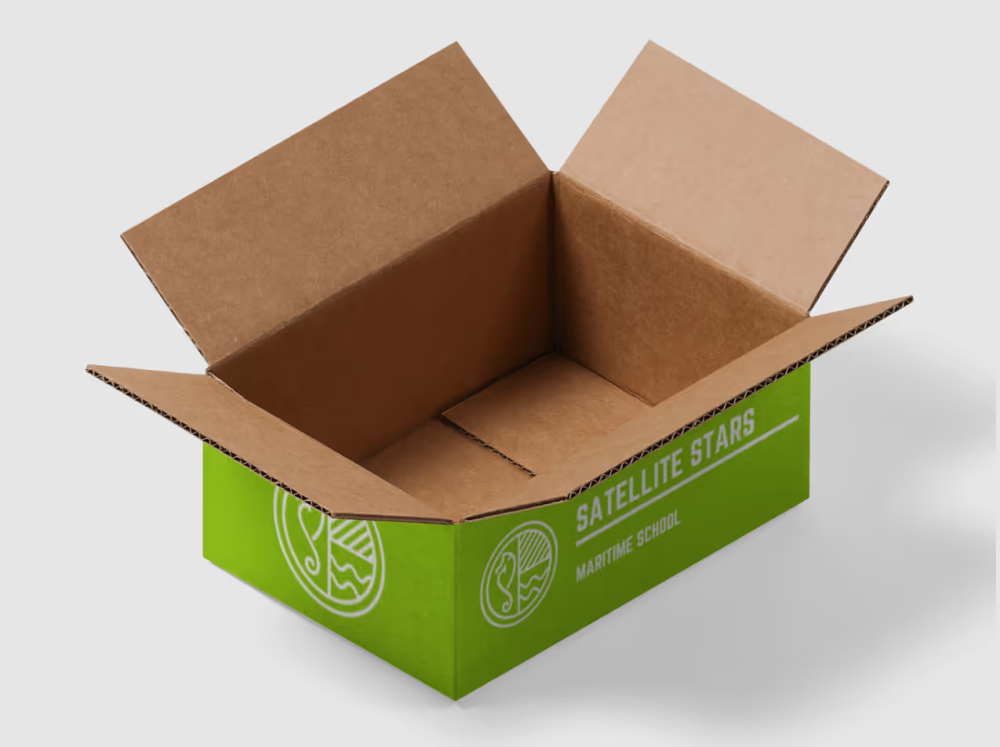

Econo Shipping Box
Online retailers need these because you can’t ship your products as is. You need to place them in packaging that’s built for shipping items.
To keep products safe, some retailers use the box-in-box method. It’s when you place your product boxes inside the ecommerce packaging with fillers in between. This prevents the contents from rattling around during transport.
Retail Packaging
Retail packaging refers to the boxes or wraps that seal products in. They’re made for display cases, shelves, end caps, aisles, and checkout counters. Online retailers would typically include the retail packaging when posting product photos on ecommerce platforms.
Some refer to these as product packaging.
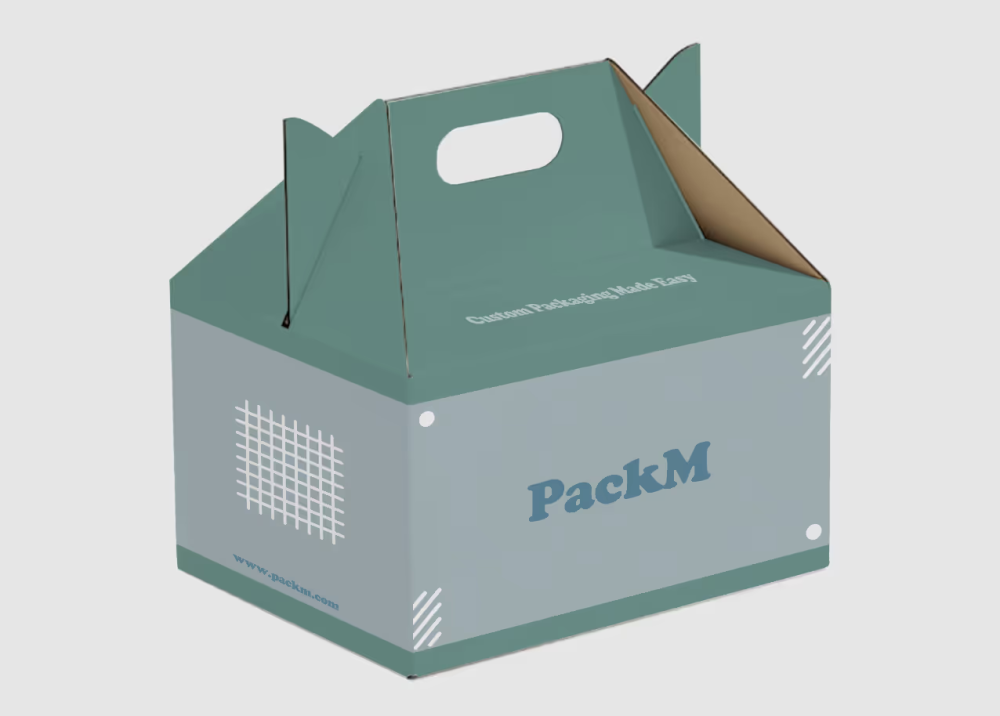

Custom Gable Box
These are capable of protecting products from dirt and scratches. They can also protect items from minor impacts.
More than that, retail packages are essential for branding. We’ll talk more about this later.
Note: From this point on, we’ll focus on retail packaging for online businesses. If you wish to learn more about shipping boxes and containers, we recommend you read our informative blog post about ecommerce packaging.
Why Is Packaging Important?
We’ve already touched on some of the reasons why packaging is so important for online retailers. Why don’t we dive a bit deeper to understand what makes them a necessity?
Protection
Products are better protected against damage when they’re inside their product packaging. And we’re not just talking about potential breakage.
For instance, you can’t expose certain products to direct sunlight. So you’ll need to put them inside a box to prevent spoilage.
Proper packaging will also make products easier to store. You won’t have to worry about ruining products if you stack them together.
Presentation
You want to impress your customers the very second they get their hands on your product. Using great packaging will do just that.
Even the way a box opens can significantly impact your customers’ enjoyment of the unboxing experience. If they find it hard to unseal the package, they’ll get frustrated before even holding the product inside.
Having the right packaging could mean the start of a beautiful customer-retailer relationship.
Branding
You want your customers to remember your company, right?
If you customize your packaging and make the design consistent across all products, you can bet that they’ll recall your business when it matters the most.
Later in the post, we’ll tell you how to create an effective package design with branding in mind.
Instructions
Use your packaging to leave instructions on how to use your product. Sometimes, product labels don’t leave enough room for something this important. At the very least, you can add a link or a QR code that customers can use to find that information.
Product Information
It’s the same with instructions. You need somewhere to put product information like the product’s weight, volume, country of origin, batch numbers, and manufacturing date. Packages are a practical place to print all that.
How to Choose an Ecommerce Packaging
What kind of packaging do you need for ecommerce?
There are several factors that you need to consider. Below are some of the biggest ones.
Packaging Material
When you do custom printing, you can pick which material you want the printing company to use.
For example:
You can print your design on an uncoated or matte corrugated board. The material you use can have an impact on colors. Kraft—a material that looks similar to cardboard—tends to make colors look lighter or darker than what’s on the design file.
Other product packages have clear, metalized, or white film options like stand-up pouches.
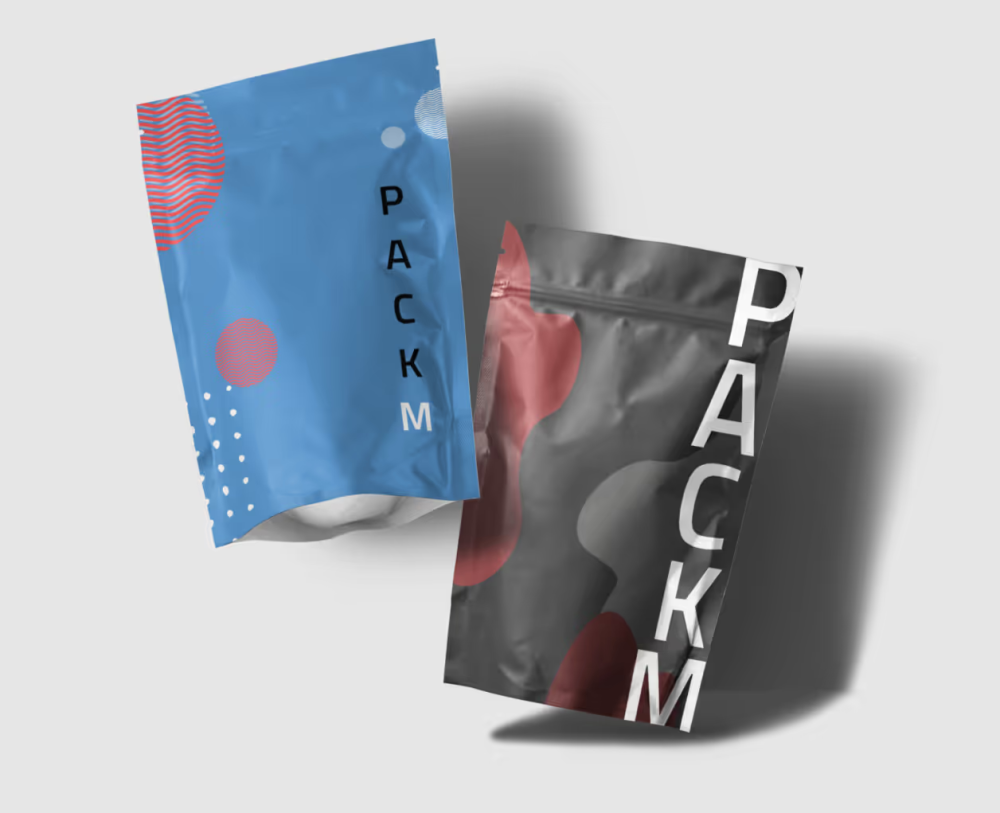

Eco-Friendliness
Most customers care deeply about the environment. So much so that some only buy products from companies that use eco-friendly materials — including packaging.
That’s why you want to work with an eco-friendly online printing company.
They have sustainable printing materials that will satisfy those customers. And for doing that, they’ll continue to support your business.
Cost
Spending money on high-end packaging materials doesn’t make sense for startups and small-business owners. But that doesn’t mean they’re out of options.
Printing companies will have affordable options on their platform. For instance, econo mailer boxes are a better alternative to pricier options. The print quality will remain the same. However, you’ll have to make some sacrifices like not having custom size options.
Once your business grows, that’s when you invest in better packaging.
Size
Will one package contain a single product or multiple? You have to consider how many items you’ll put in a package.
Depending on your product’s dimensions, you may have to order packages in a specific size. In that case, be sure you order from a package supplier that offers custom sizes.
Packaging Variety
Some ecommerce sites have packages designed for single purchases and bulk orders. You might want to do the same. This will save you money in the long run.
You can even do lay-flat pouches for single orders and place several in a mailer box if the customer orders five or six packs.
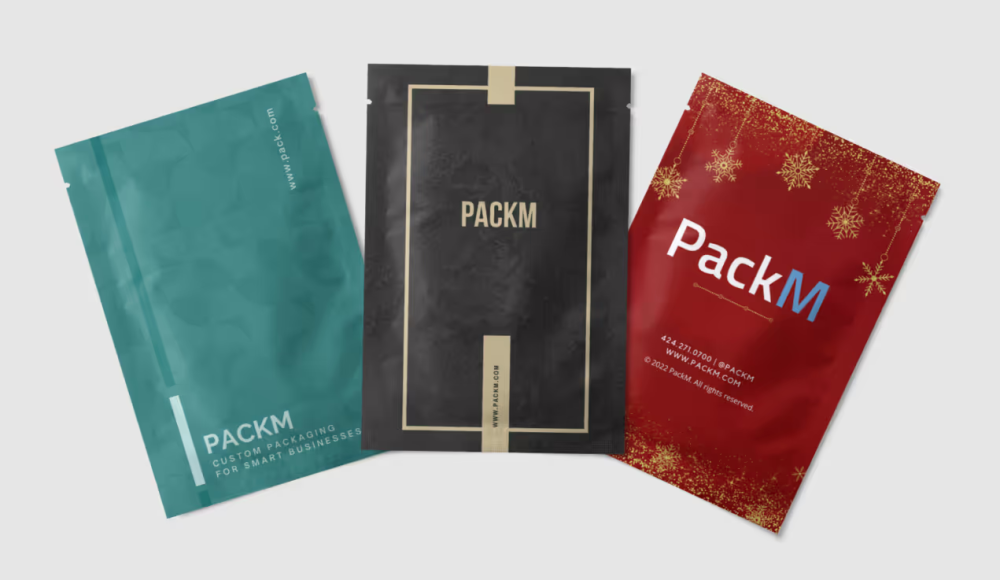

Custom Lay-Flat Pouches
Retail Packaging Components
There’s more to retail packages than you might think.
It’s not just about the boxes you put your products in. Smart business owners use other products to make their packages look extra special.
Here’s what you need to know.
Product Packaging
It’s the star of the show. This is the main packaging component. Whether you’re using a custom box, a folding carton, or a poly mailer, it’s the first thing your customers will notice.
You better make sure that your package will represent you well.
Infill
Infill, in this context, refers to items you place in the packaging so packages look fuller than they really are. They also offer protection for whatever’s inside the package.
Have you ever opened a box and its contents wrapped in custom tissue paper? That’s an example of an infill.
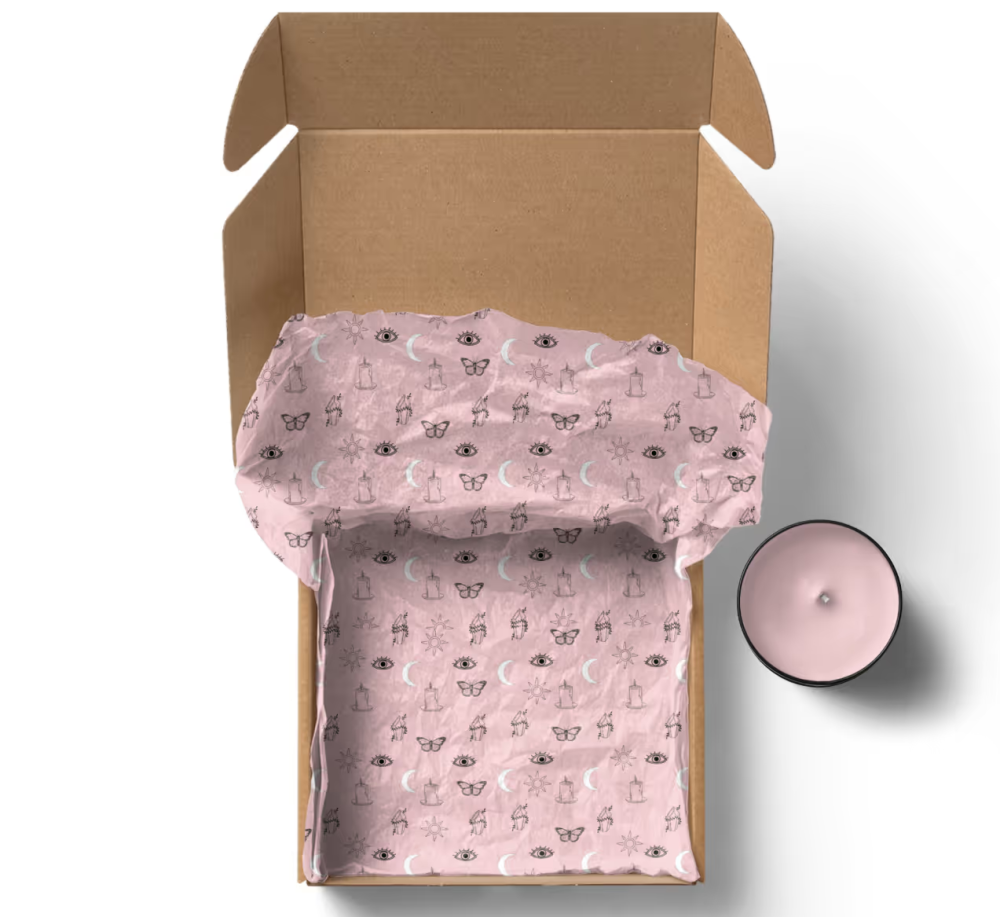

Custom Tissue Paper
Tape
Of course, you don’t want anyone but the customer opening their package. That’s why you seal the box with tape or some other type of adhesive.
Kraft tapes are what businesses typically use. They’re often enough to deter nosy individuals from accessing the product inside the package.
Labels
Some companies will use labels instead of tape to seal their packages. Not only can they seal packages well, but they’re great for branding too.
Labels come in rolls so they’re easy to dispense. And you can print them in different shapes. They’re also great for sticking barcodes in case you need to for inventory purposes.
Cards
While not necessary, you could include thank you cards to let customers know you appreciate their business.
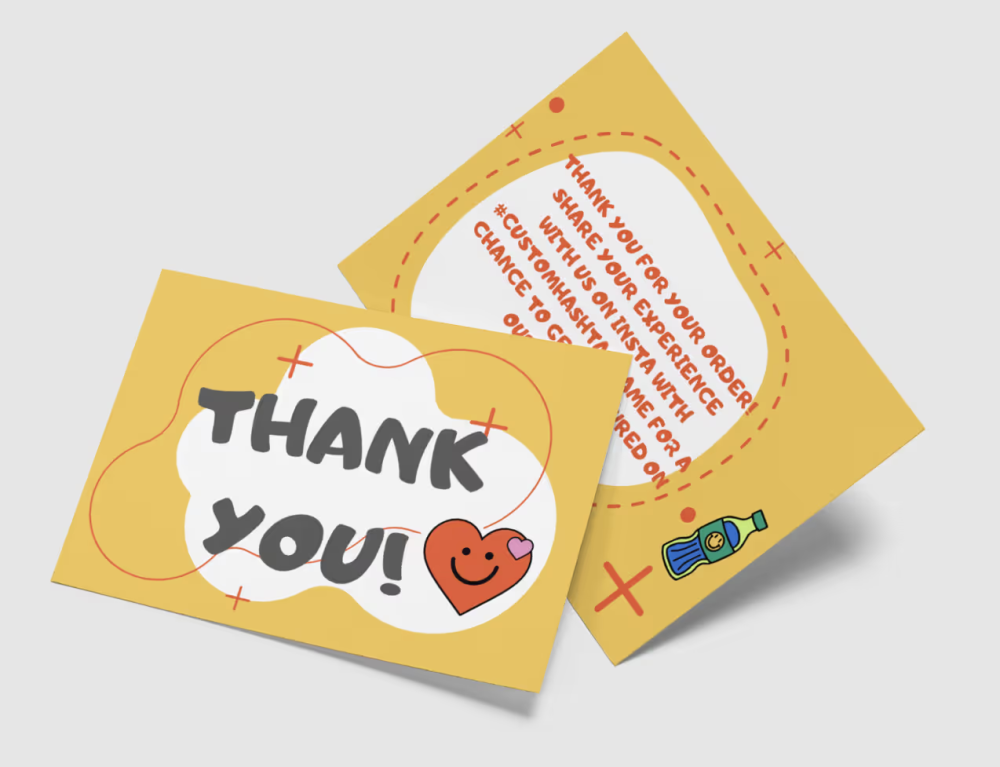

Custom Flat Cards
Alternatively, you can use cards to announce upcoming sales, provide additional product information, or talk about your brand.
Stickers
Businesses like to throw in freebies like stickers inside their packages. It’s a small gesture that can make loyal patrons out of supposed one-time customers.
If anything else, they make fun marketing materials for your company.
How to Design Retail Packaging
It’s that hard to create retail packaging once you understand design fundamentals. Here’s a crash course to help you get started on your project.
Color Scheme
There are different color schemes you could try to make your packages visually appealing.
- Monochromatic — Use different shades of the same color to make packages look sophisticated.
- Analogous — Use colors next to each other on the color wheel to make packages look harmonious.
- Complementary — Use colors opposite each other on the color wheel to make packages stand out.
- Triadic — Use three colors spaced evenly throughout the color wheel to make packages vibrant.
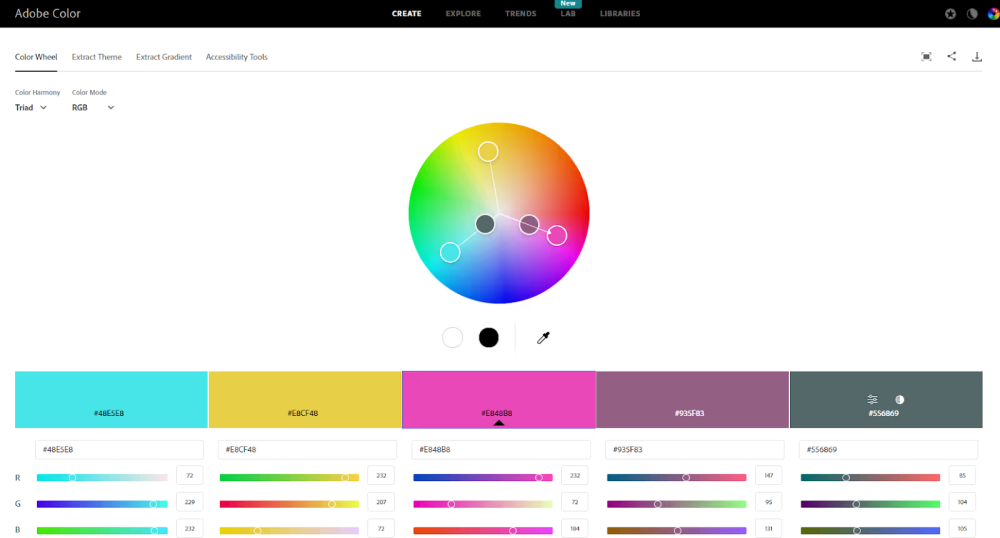

Source: Adobe Color
This should be a good starting point. Feel free to experiment until you find a color combination that works for your brand.
Artwork
Use different visual elements so that your packages become more striking. You could add a hero shot of your product. Introduce lines and shapes to draw your customer’s attention.
You can even use text to drive your message home. Just make sure that your artwork reflects the story that you’re trying to tell.
Logo
The logo you use will enhance your brand’s identity. Over time, your customers will associate it with your business. So you must create one that will stand the test of time.
If you have the budget, you could hire a freelance logo maker to make your logo look professional.
Typography
Pick a font and font size that’ll make it easier for customers to process the information they’re reading. Make sure that the spacing you use is correct.
Those of you who are unsure of what typography to use can consult with friends and family. Listen to their feedback and make changes based on their comments.
Real-World Product Packaging Examples
Here are some real-world packaging designs that PackM customers made for their respective businesses and clients.
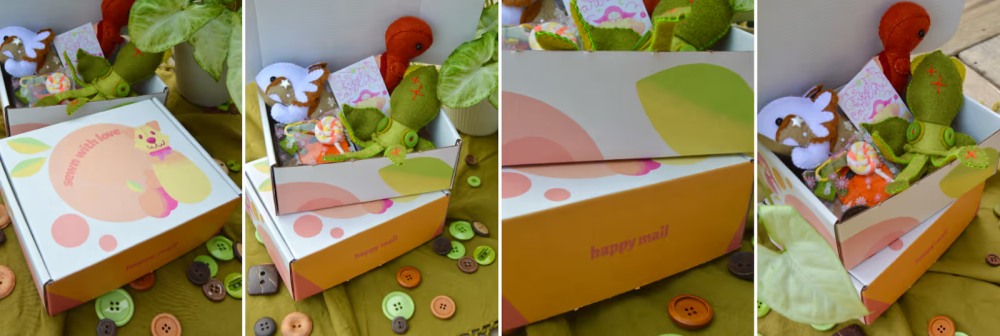

custom boxes for plushies by PeachesNPlushies
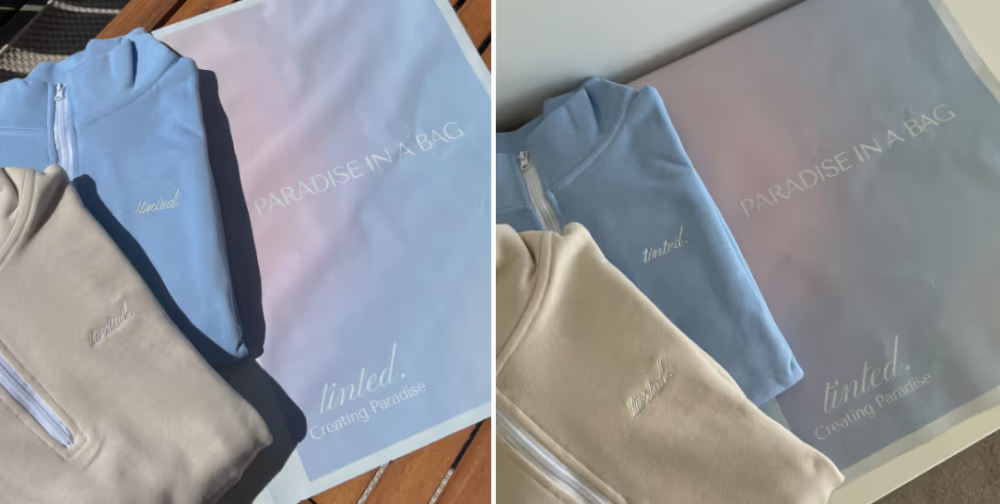

Poly Mailers by Tinted Apparel


Retail Package by Acorn Bar
There are more examples worth checking out on the PackM Design Hub.
Recap
Retail packages help protect your packages and reinforce your branding. They also elevate a customer’s unboxing experience.
There are several factors you need to consider if you’re buying packaging products for your business. They include the packaging material, its eco-friendliness, cost, size, and variety.
You might also want to include purchasing other products that make your packages more appealing to customers like tape, labels, infill, cards, and stickers.
If you’re going to design your packages, pick the right color scheme for your brand. Use a professional logo. Add artwork that’ll make the package pop. Pay close attention to the typography you use.
If you’re ready to print retail packages, head on over to PackM. We offer a lot of packaging products for ecommerce businesses.
